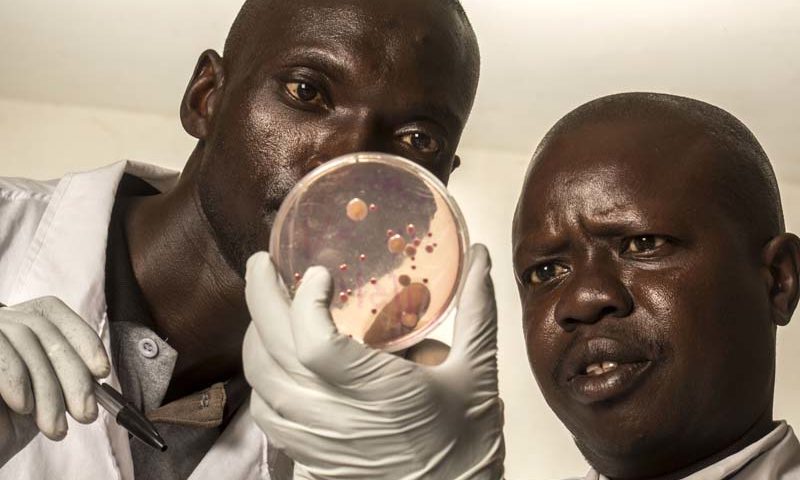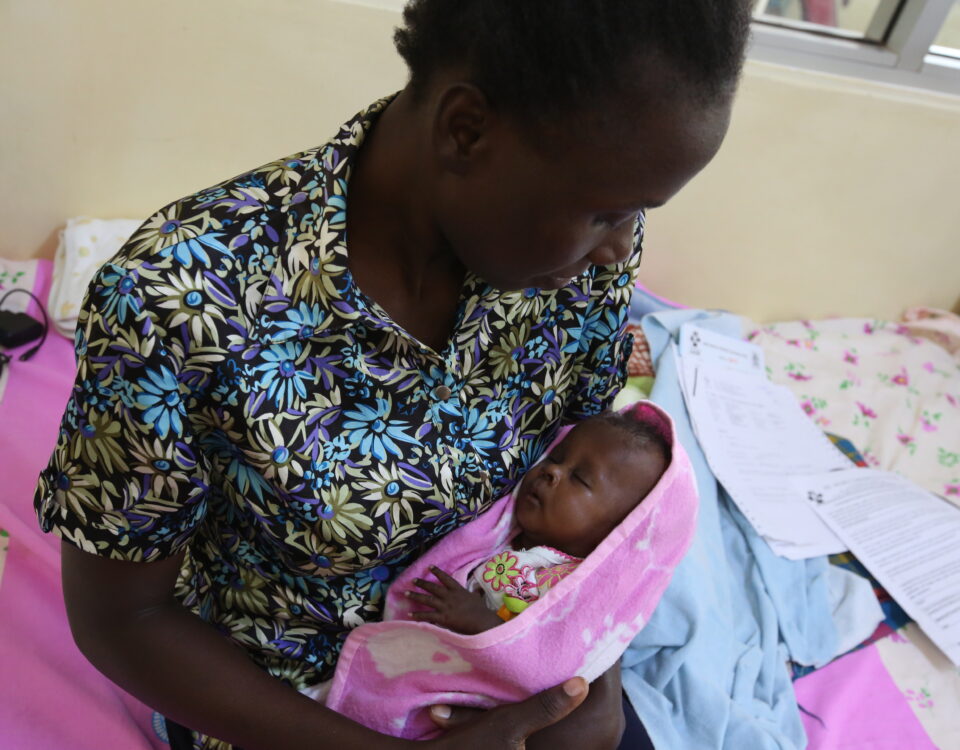It is almost 22 years since Ebola Virus Disease (EVD) first struck Gulu, a city that was bearing the brunt of an insurgency waged by the Lord’s Resistance Army (LRA) rebels led by Joseph Kony. It is believed that the virus could have come from a neighbouring country. On October 8th 2000, the district woke up to the news of its first confirmed case coming in from Rwot-Obilo, a village 14 km north of Gulu town.
The outbreak later spread to other parts of the country including Mbarara and Masindi districts – wreaking havoc and claiming hundreds of lives in the process. By the time Uganda was declared Ebola-free on 27th February 2001, 42 days after the last case was reported, 224 lives had been lost including 13 members of staff at Lacor Hospital.
Though the battle was eventually won, it came at a huge cost for St. Mary’s Hospital Lacor; a price paid by the life of the Captain of the ship, Dr Mathew Lukwiya who was the Medical Superintendent at the time. Though his death was the last, it triggered a series of negative events at the hospital including the death of Dr Piero Corti, the custodian of the hospital whose leadership saw the hospital rise from grass to grace and become the largest non-profit referral hospital in sub-Saharan Africa.
The memories of this dreadful time will never be forgotten in the history of Lacor. So many members of staff rose up to the challenge and squared up with the monster at a time when health workers were abandoning health facilities for fear of contracting the deadly disease.
Each one of them that eventually died got infected because they could not just stand by and watch their patients suffer. Such was the level of compassion for the sick that drove them so close to the patient to administer treatment and provide comfort even though the disease has no cure.
Heroes they were but now the hospital must once again muster their courage and rise up to the occasion as the enemy approaches – this time from the South in the central district of Mubende, carrying in its wings the Sudan strain of the virus. More than 700 stand ready at the hospital.
First identified in 1976, Ebola is one of the deadliest human diseases that cause a severe and often deadly illness known as Ebola virus disease (EVD; previously referred to as Ebola hemorrhagic fever). Ebola viruses produce hemorrhagic fever with symptoms such as fever, headache, muscle pain, weakness, vomiting, and diarrhoea – the more severe cases can include damage to blood vessels and extensive internal and external bleeding (haemorrhage).
St. Mary’s Hospital Lacor lost 56% of its patients to EVD in 2000 in a battle that isolated the hospital from the rest of the health facilities in the country. At that time, there were no proper guidelines on how to manage cases and samples would take days before a result comes in because they were taken to South Africa for testing. At some point, the Center for Disease Control (CDC) had to open a laboratory in Lacor.
The memories of Ebola evoke painful emotions at Lacor; the people we’ve lost, the patients we watched die and the trembling souls whispering prayers to God in their darkest moments. It is this fear for what may again befall us that makes Lacor the most alert hospital in the country.
“We must be able to detect the disease as soon as possible before the patient makes a lot of contacts,” says Dr Emintone Odongo, the Medical Director. Dr Odongo says the hospital is engaging with the staff, students and members of the community to prepare them in identifying and responding to possible cases.
Lessons learnt from the 2000 Ebola epidemic have not been lost in the hospital. The hospital has put in place an infection control committee, built a new isolation ward, and is now mobilizing more resources to procure enough personal protection equipment (PPEs) for the health workers. There are financial challenges as well as the hospital is yet to recover from the constraints caused by Covid-19 and tough economic times.
To date, there is no cure for EVD and even though vaccines exist, the Sudan subtype reported in the country has no vaccine yet. Ebola virus is spread through direct contact with blood or other bodily fluids, such as semen, faeces, or vomit, of infected persons (or animals), including close contact with deceased EVD victims, which are highly infectious. Infection can also be spread through objects like needles and syringes or clothing and bedding that have been contaminated with the virus.
Most cases of Ebola virus transmission occur between family members or in health care settings with inadequate infection control because in these circumstances people are at the highest risk of coming in contact with infected bodily fluids. During the 2000s, the war pushed people to gather in large groups seeking refuge in hospitals and churches at night.
With scores already succumbed to the disease, it is only a matter of time before the virus finds its way to Gulu and the precincts of Lacor. And with this possibility, only one thing rings in the minds of everyone at Lacor – Never Again!


